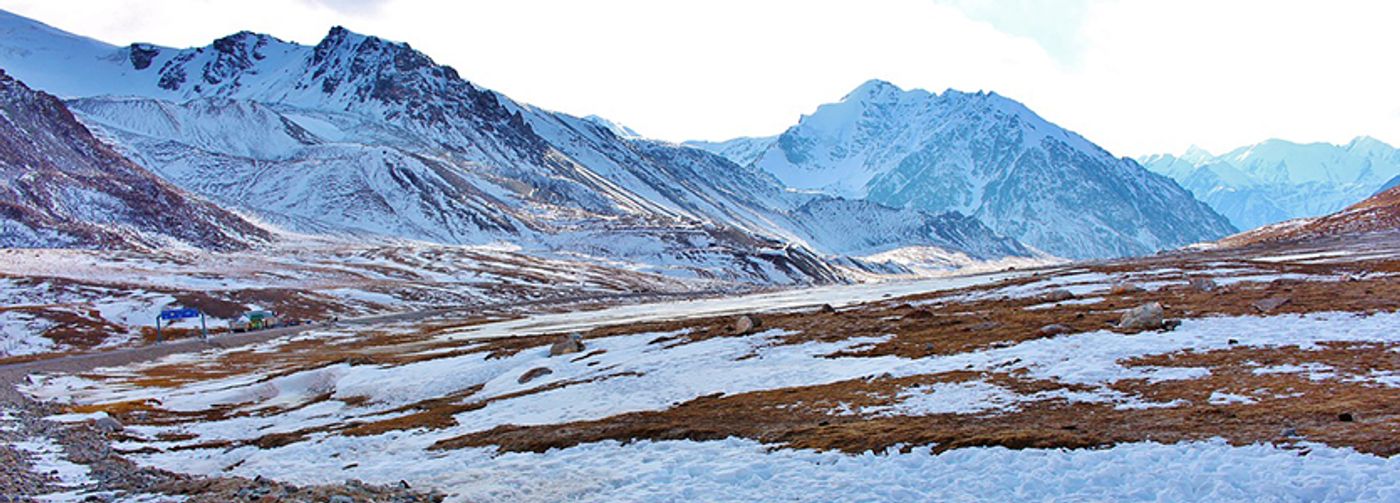Glacial Floods: The Lesser-Known Climate Change-Related Disaster
Natural phenomena such as wildfires and hurricanes are intensifying due to climate change, but have you heard of glacial floods? This lesser-known threat, technically called a “glacial lake outburst flood,” is becoming more common in high mountains as the climate continues to warm.
Warming temperatures cause glaciers to melt and form lakes within natural rock barriers, called moraines. According to Discover Magazine, a glacier lake outburst flood (GLOF) occurs when the natural dam bursts, causing floodwaters, debris, and sometimes ice to rush into mountain valleys below. These floods produce catastrophic damage to downstream communities. GLOFs usually occur rapidly and without warning. According to Scientific American, GLOFs have killed more than 12,000 people throughout Central Asia, South America, the European Alps, and Iceland.
According to Fabian Walter, a seismic glaciologist at ETH Zurich who is researching GLOF events in Switzerland, “this is really the one natural hazard that’s related to glaciers that’s most feared, because it’s very hard to predict this, to even assess the danger.”
A study published yesterday in PNAS explored the hazard of GLOFs in the Himalayas, where glacier melt has led to the formation of more than 5,000 unstable lakes. It shows that the Eastern Himalayas are a “hotspot of GLOF hazard,” with three times the risk of GLOF than any other Himalayan region. The researchers state that “the GLOF hazard may increase in these regions that currently have large glaciers, but few lakes if future projected ice loss generates more unstable moraine-dammed lakes than we recognize today.”
Additionally, a report from PHYS posted just last week detailed the growth and subsequent movement of the Shisper Glacier in the Karakoram range in Pakistan. Scientists fear that this “meteorological anomaly” will lead to devastating GLOFs, threatening thousands in villages below. In the Karakoram range, PHYS reports that the UNDP has estimated the spawning of more than 3,000 glacial lakes. Of these, 33 pose an “imminent threat” of GLOF, which could impact up to seven million people.
Sources: Scientific American, Discover Magazine, PNAS, PHYS









